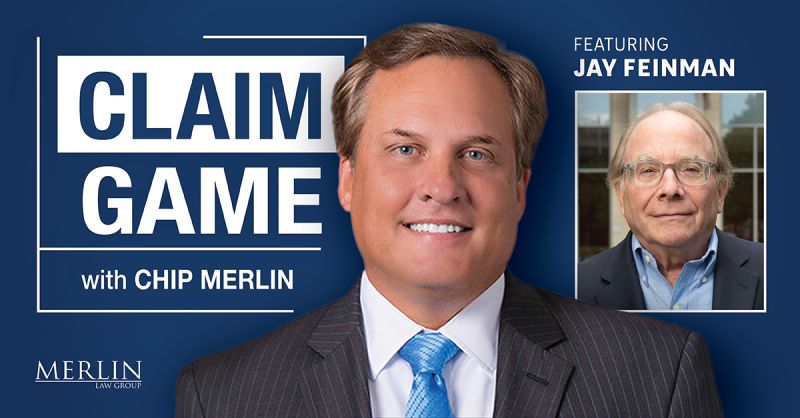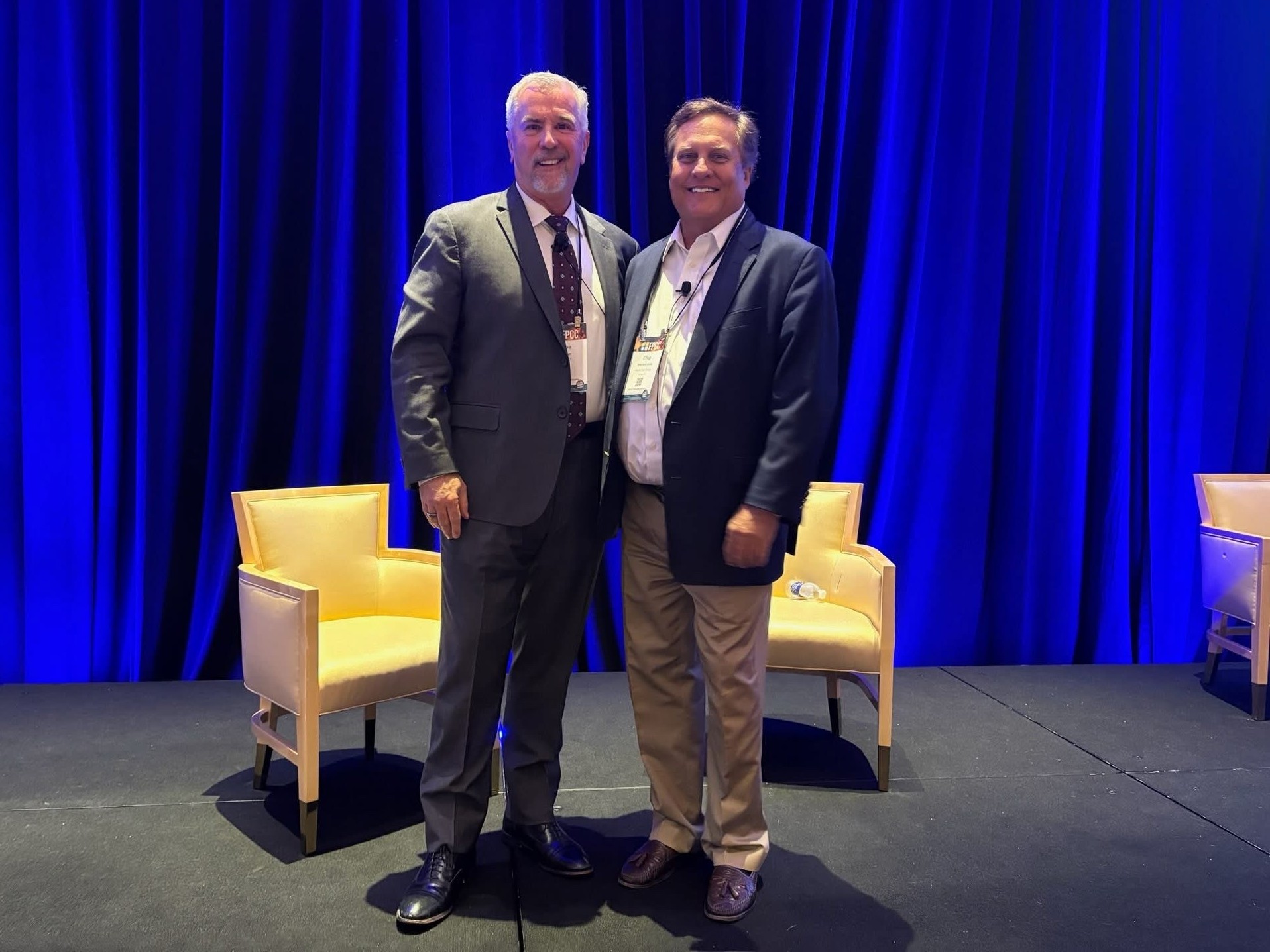During my recent Claim Game interview with Distinguished Professor of Law Jay Feinman, I was struck by a moment of critique, which I only fully appreciated after re-watching the interview. We were discussing the failures of insurance regulation, especially on the subject of unfair claims practices. Feinman made a pointed observation.
He warned that it’s not just corruption we should be worried about. Instead, it’s influence. Not influence in the sense of overt lobbying or backroom deals but in the way regulators come to see the world through the eyes of the very industry they are meant to police.
Feinman called it out plainly. Regulators, he said, are shaped by the people they speak to most often. Those people are not policyholders or consumer advocates. They are insurance company executives, compliance officers, actuaries, and trade association lobbyists. This close, day-to-day interaction inevitably narrows a regulator’s perspective. Over time, it shifts their frame of reference. “It’s not just about bribery,” Feinman told me. “It’s about who provides them with data, reports, and daily contact. It’s the insurance companies that shape their worldview.”
This type of influence has a name in the academic world. It is called cultural or cognitive capture. It differs from more familiar forms of regulatory capture, like financial conflicts or revolving-door employment arrangements, although it often accompanies them.
“Cultural capture” occurs when regulators internalize the norms, assumptions, and priorities of the industry. It is subtle, insidious, and incredibly hard to uproot. It can be the reason why regulators overlook systemic abuses in claims handling, why market conduct studies focus on trivial technicalities instead of meaningful patterns of harm, and why proposed reforms stall under the guise of complexity or feasibility.
The National Association of Insurance Commissioners (NAIC) is a particularly illustrative example. While many believe it to be a governmental agency, it is, in fact, a private 501(c)(3) nonprofit funded and governed by state insurance commissioners. Those commissioners often have prior careers in the insurance industry, and many return to it after their public service ends. NAIC staff are frequently drawn from the same pool of industry experts they purport to oversee.
This revolving door does not just blur the lines between regulator and regulated. Instead, it erases them. I previously discussed this revolving door in much greater detail in The Revolving Door Connecting Insurance Regulators with the Supposedly Regulated Insurance Industry.
Academic critiques have long flagged the NAIC as a structurally vulnerable institution. Thomas Leonardi, former Connecticut Insurance Commissioner, openly criticized the NAIC’s governance, saying internal leadership “hijacked” independent oversight processes to avoid transparency. Others have observed that the NAIC’s model law process often reflects industry priorities, with minimal public input and virtually no binding consumer protection mandates. Still, the NAIC’s recommendations and models carry significant weight in nearly every state’s insurance regulatory framework. It is a paradox that a private organization guided by people who may be more familiar with insurer spreadsheets than policyholder pain sets public policy and suggested laws.
Feinman’s concern is not academic nitpicking. It is a warning drawn from decades of research, case analysis, and exposure to real-world consequences. When regulators adopt the vocabulary and logic of insurers, they begin to excuse unreasonable behavior as acceptable deviation. They justify delayed or denied claims as part of the actuarial process. They fail to ask why a system consistently fails the people it was meant to protect. They remain blind to patterns that, in any other setting, would be grounds for sanction with calls for reform.
Feinman reminded viewers that insurance is not just a product. Instead, it is a social promise. He stated that he fully supports the concept and need for insurance because it is the mechanism by which society allocates risk, loss, and recovery. Yet, when that mechanism is overseen by officials who have been unconsciously co-opted into the industry’s worldview, the promise breaks. Policyholders suffer because those charged with the enforcement of laws and promoting consumer protections no longer fully see the violations as wrong.
To fix this, I suggest we must first name it. “Cultural capture” is not as visible as a bribe or a scandal, but its consequences are just as real. It lives in the questions regulators fail to ask, in the model laws that never get written, and in the studies that miss the forest for the trees. Jay Feinman offered a quiet but firm challenge in our conversation. We need to demand more, not just from insurance companies, but from the system that oversees them.
We must call for transparency at the NAIC. We must demand that insurance commissioners engage much more frequently with consumer groups, not just corporate boards and insurance executives at insurance conferences. We must advocate for structural separation between regulators and those they regulate. We must demand greater outreach by insurance regulators to the public without regulators being apologists or spokespersons for the industry. There must be rigorous public accountability and transparency about the interactions between insurance regulators and those they regulate.
We must also tell the truth. The insurance regulatory system will not serve the public until it stops being shaped by the insurance industry’s image of what it should be.
I will have more on this intriguing discussion with Jay Feinman in tomorrow’s post. Here is a link to the Claim Game interview.
Thought For The Day
“If you want to put Chip Merlin out of business, just pay all valid claims. That’ll do it.”
—Jay Feinman, during Claim Game interview >





